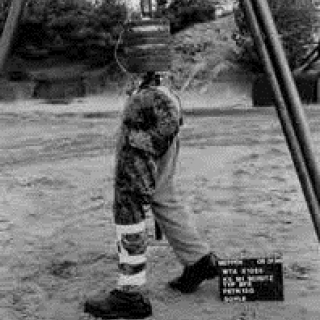It is estimated that more than 360 different types of mines have been deployed world wide. Anti-personnel landmines typically contain 28 to 500 grams of explosive and fall into two categories: blast and fragmentation. Fragmentation mines include stake mines, directional mines, and bounding mines. Blast mines, which rely on the overpressure from the detonation of a high explosive to injure the victim, are the cheapest and most common form of landmine. This is a rapidly evolving field, and it is expected that increasing computer power and developments in material modeling will lead to more complex models of the leg, and increased accuracy in injury prediction.
A typical blast mine consists of an explosive charge, detonator and a mechanical device to trigger the detonator. Blast mines are surface or subsurface buried, and are pressure activated.
A test methodology must address four issues:
1) Consistency & repeatability
2) Transferability or the ability of many countries to implement test methodology
3) Ability to rank protection for various threat levels based on injury outcome
4) Correlation to expected level of trauma for a given situation
Methodology and Physics:
Current test methods incorporate several common elements including: threat definition, a representation of the human leg, means of evaluating the effectiveness of the protection, and of course the protection to be evaluated. The assessment of landmine protective footwear requires a detailed understanding of close proximity mine blast, as well as the response of complex structures to blast loading. Numerical modeling provides strong contribution to these development tasks by increasing the understanding Physics of the problem.

